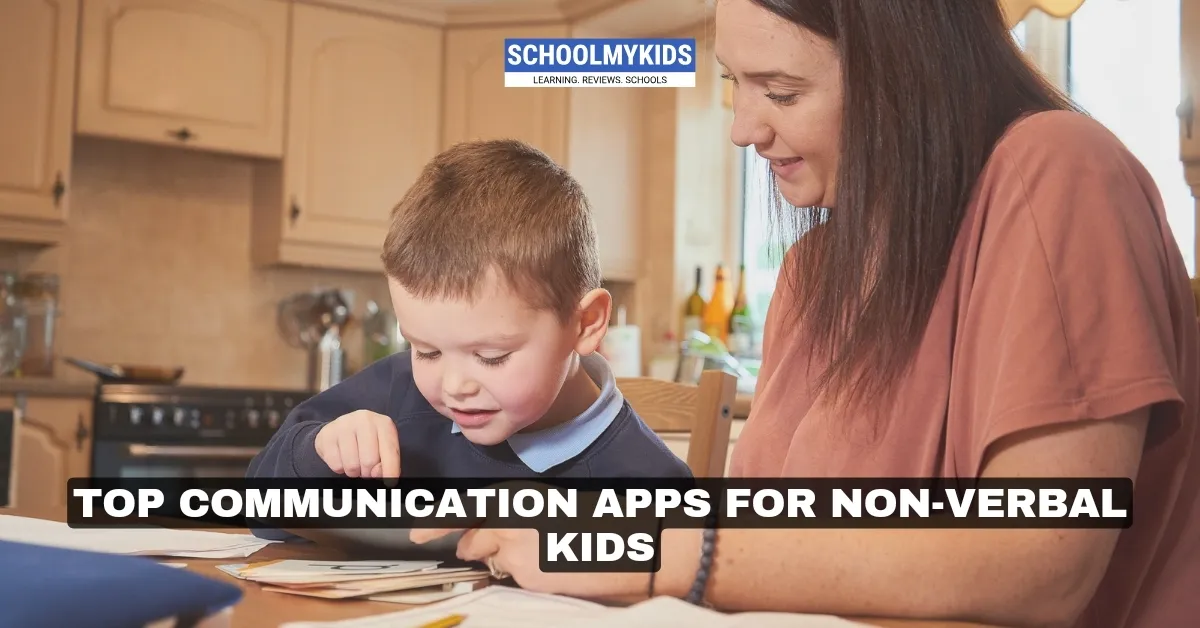The reality is that the journey of communication with nonverbal kids is indeed overwhelming and may feel like translating into a new language. However, technology has made that translation easier, giving parents and educators the ability to open doors to opportunities of self-expression for such kids. Nowadays, with so many communication apps available, non-verbal kids can find a voice, share their needs, and express themselves.
5 Effective Communication Apps for Non-Verbal Kids
Read below this article to explore some of the best communication apps for non-verbal kids to deal with this communication barrier.
Proloquo2Go
Proloquo2Go is often the go-to choice for families seeking a communication app that grows with the child.
With a library of over 25,000 symbols, this app utilizes a symbol-based system to allow children to tap on images to create sentences. This app is not just intuitive but is great for children who may understand pictures better than words. In fact, according to a study, symbol-based apps can improve communication in 72 percent of non-verbal children.
And the standout feature is its predictive typing feature that helps users build sentences faster, so it is great for kids to become more adept at forming sentences.
TouchChat
TouchChat is another top communication app that is best known for its extensive and customizable layouts and voice options. Overall, it is ideal for parents who want to create a truly personal experience.
From simple displays for beginners to more complex options for older children, this app features several layout option ranges in addition to its ‘WordPower’ suite feature, which adds predictive sentence building and quick phrases for common needs, such as ‘I’m hungry!’
Moreover, even statistics suggest that non-verbal children respond more actively to communication apps that offer a personalized voice feel since they feel represented and connected to the app.
Avaz AAC
Avaz AAC is another incredible communication app for non-verbal kids and especially stands out when it comes to bringing something extra with its visually engaging setup and gamified approach to learning communication.
Did you know that gamification in education improves learning by 30 percent? This app was originally designed for kids with autism; however, now it's widely used by non-verbal kids for its visual learning approach, which keeps kids engaged and eager to communicate.
Besides, this application comes with a library of high-quality and customizable images, in addition to its ability to add photos to make communication a more relatable experience for non-verbal kids.
LAMP Words For Life
Language Acquisition through Motor Planning (LAMP) Words for Life was initially designed for children with autism. This application focuses on building language skills through consistent motor patterns.
The big factor is that its layout is predictable, which makes it beneficial for kids who rely on a routine. LAMP helps non-verbal kids learn to communicate by associating words with consistent hand movements and locations.
Overall, LAMP helps to build vocabulary in a way that becomes second nature to the child.
Speak For Yourself
Speak For Yourself is another great communication app that is designed for older kids or who may already be familiar with some language concepts.
With an extensive range of words and phrases that grow as the child’s communication skills progress, the core focus is on vocabulary. In simple words, this app is great for non-verbal kids who are ready to take their communication to the next level.
Takeaway
While picking up the best communication app for nonverbal kids can be an overwhelming decision, every application out there brings something unique to the table. From Proloquo2Go to Speak For Yourself, these apps perfectly cater to the needs of non-verbal kids, whether it's about learning visually or getting ready for an advanced vocabulary. At the end of the day, with this decision, you are one step closer to giving your little one the path to self-expression and confidence.








Be the first one to comment on this story.